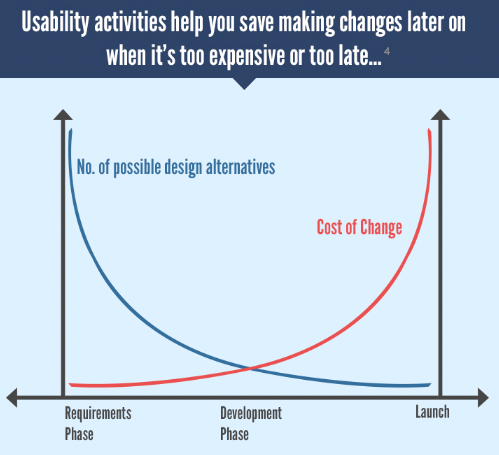Think like a designer on your digital journey


“It's not just what it looks like and feels like. Design is how it works.”
- Steve Jobs
Understanding this inevitably leads to design being a key component of any digital development project - you cannot skip focussing on how the product you are building works, right?
At Epical, we are constantly asked to challenge our customers. Both in terms of what is possible and also what is achievable in a given situation. Our niched experts pull a rabbit out of the hat, time and time again. Much to the delight of our happy customers!
Our design team often challenge our customers too - in ways they may not be prepared for. Many projects begin with a customer expressing what they want, often through the lens of a tech solution. The design team help to take this initial statement, a call for help, further and uncover what the end-users actually need.
Design Thinking
One of many tools/processes our design team use is Design Thinking. Essentially, it’s an iterative process aimed at understanding your users, redefining problems, challenging assumptions and creating innovative solutions which can be prototyped and tested. An agile, non-linear process that involves 5 distinct phases:
- Empathise - identify human needs, collect user feedback: stepping into your users’ shoes
- Define - with learnings from the empathise phase, define the problem you want to solve
- Ideate - with your target audience clear and your problem defined, iterate over ideas and potential solutions in a non-judgemental fashion
- Prototype - turning some of the ideas from the previous phase into tangible scaled-down products/features without having to build the whole product
- Test - sit down with real users, observe their interactions, gather feedback and loop back to previous phases as appropriate
We have seen Design Thinking play a key role in many of our recent projects. In a post-pandemic world, businesses are realising that certain assumptions no longer hold true. Adapting to these changes requires creativity, and design thinking provides the freedom to examine problems from multiple perspectives - with the user's needs front and center.
Innovate or die
“If you always do what you always did, you will always get what you always got.”
- Henry Ford
Innovation allows companies to stay in business over time. Innovation requires taking risks - testing new approaches, ideas, processes, products etc. Design Thinking can help to reduce this risk by gaining more insight into customers, needs, behaviours. Fail fast, fail cheap - and identify winning ideas in the process.
Change is difficult though, and occasionally resistance can be encountered when introducing new methods, tools, processes into our ways of working. Perhaps exploring the impact of these changes from a financial perspective can be useful. Research has shown that employing a Design Thinking process in a project can increase ROI by up to 300%. Employing User Research early in a project, and having customers involved throughout the development cycle, can lead to reductions of up to 50% in certain projects. This becomes clear with the following, generic, illustration from ux.walkme.com:

How can we help?
Whatever your experience when it comes to design and the level of involvement it has in your projects at present, the Epical design team would love to talk you through how we can help.
In August, a couple of our experts will be available to share their experience and insights from digital product development projects with customers including Universeum, Vinnova and many more!
Interested in knowing more? Get in touch :)
Author
Tom Lehane, Manager within CODE at Epical
tom.lehane@epicalgroup.com
LinkedIn
